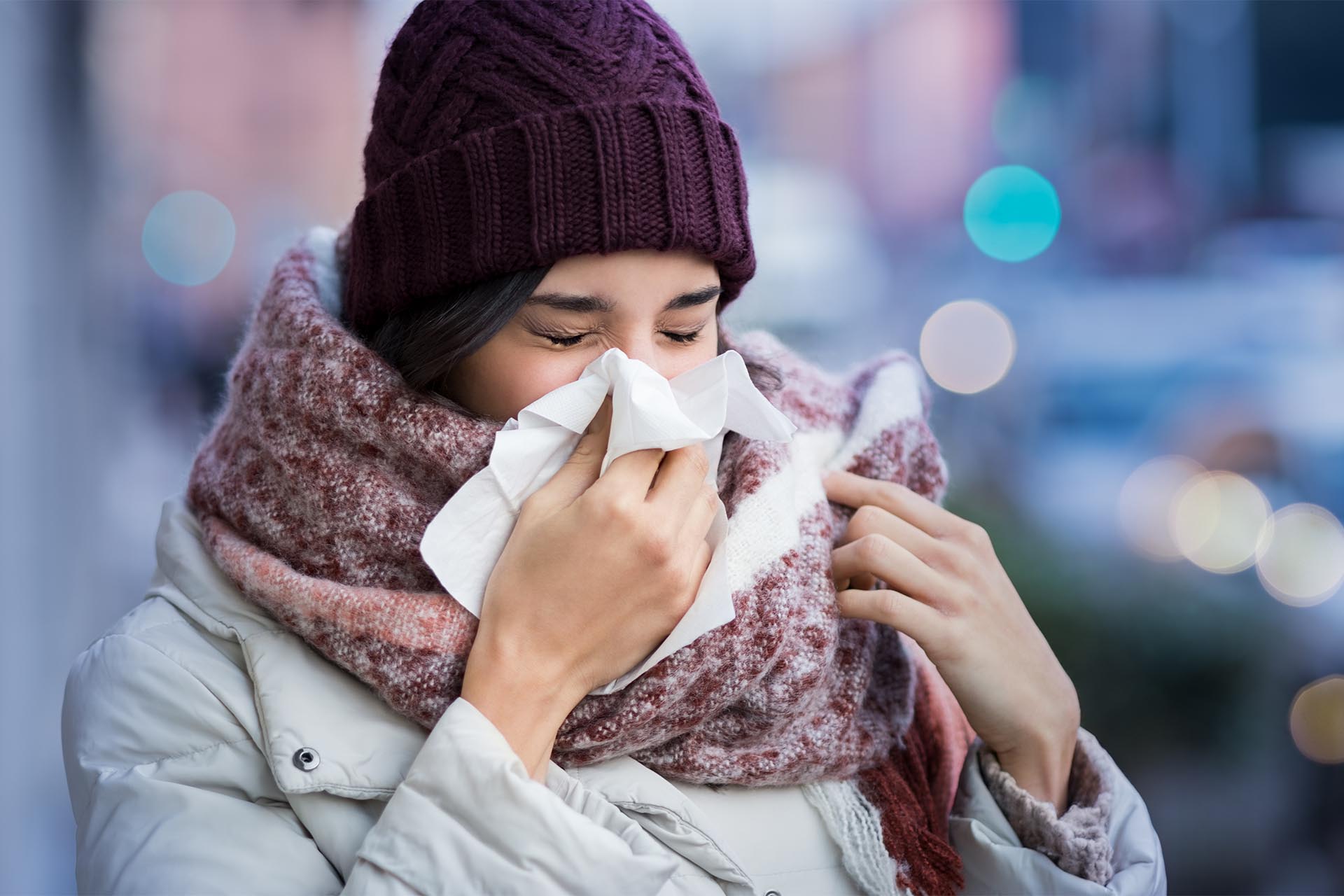• Core communities
• Microbial shifts
What is already known on this topic
The bacteria that inhabit the nose and paranasal sinuses—air-filled spaces that surround the nasal cavity—are known to influence a series of acute and chronic diseases that affect both the sinuses and the nose. But few studies have tracked how these microbial communities change over time.What this research adds
By tracking the microbiota composition of the nasal sinuses of four healthy people for two years, researchers found a small bacterial and fungal community that persisted throughout the sampling period and included Corynebacterium, Propionibacterium as well as the fungus Malassezia restricta. The team also observed overall shifts in both bacterial and fungal community diversity.Conclusion
The findings suggest that, over time, the nasal microbiota experience changes in composition, which are determined by both climate and host factors.
The fungi and bacteria that inhabit our nose and the areas around it change with the seasons, according to new research. The study, published in Scientific Reports, is the first to investigate both fungal and bacterial community composition of the nose and paranasal sinuses—air-filled spaces that surround the nasal cavity.
Nasal microbes are known to influence a series of acute and chronic diseases that affect both the sinuses and the nose. But few studies have tracked how these microbial communities change over time.
Brett Wagner Mackenzie and her colleagues at the University of Auckland tracked the microbiota composition of the nasal sinuses of four healthy people for two years. The researchers collected microbiota samples every month for the first year, then once every three months for the second year. This allowed them to capture seasonal variation across samples.
Core communities
The team found that sinus-dwelling microbial communities were composed mostly by Actinobacteria and Basidiomycota, though variation in microbial diversity existed both within and between the study participants.
Across individuals, the team found a small bacterial and fungal community that persisted throughout the sampling period. This core community included the bacteria Corynebacterium, Propionibacterium and Staphylococcus, as well as the fungus Malassezia restricta.
Microbial shifts
In the sinuses, the researchers observed fungi and bacteria whose abundance varied depending on the season. Seven bacterial species and 14 fungal species exhibited a considerable shift during the sampling period. For example, the fungus Coniochaeta fasciculata increased throughout winter, spring, and summer, then decreased in fall.
Shifts in microbiota composition were associated with changes in climate factors such as temperature, rainfall, atmospheric pressure, and humidity. For instance, decreases in C. fasciculata were associated with increases in atmospheric pressure, whereas the levels of C. delicatulum tended to rise as humidity increased.
The high levels of microbial variation within and between individuals, as well as the climate-related shifts in microbiota composition, suggest that a combination of individual and seasonal changes influences the nasal microbiota, the researchers say.









